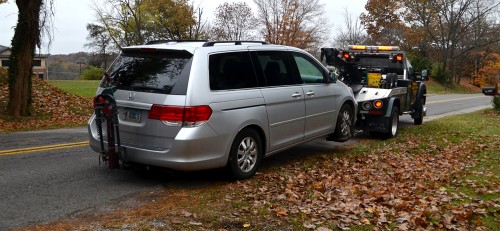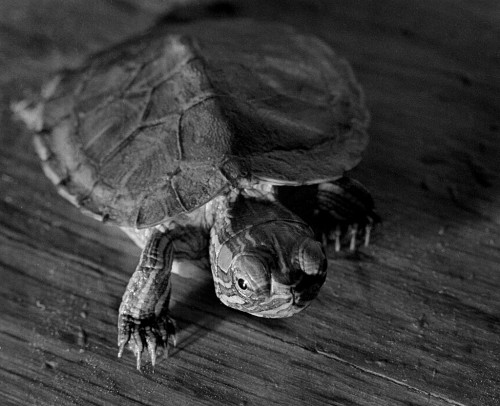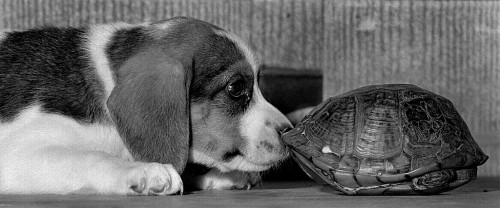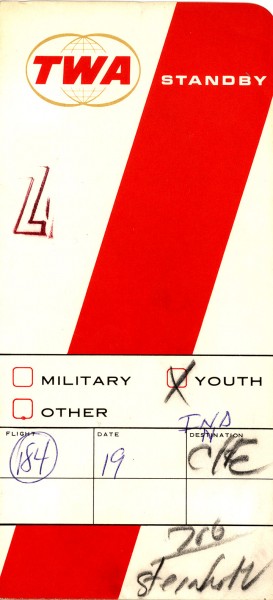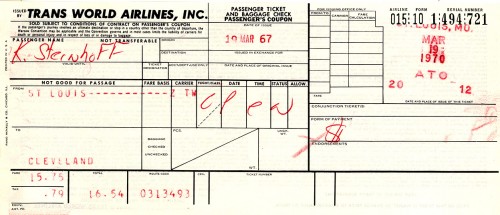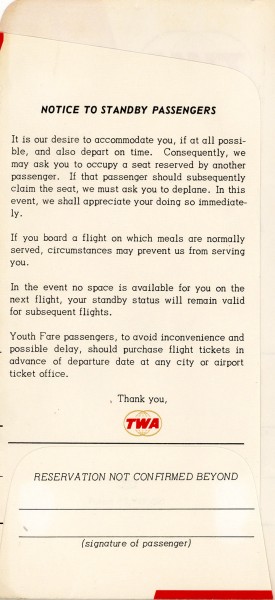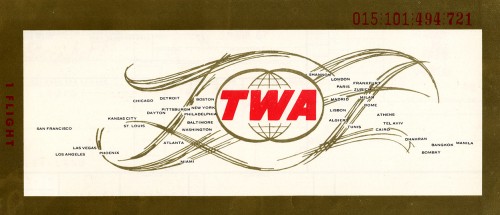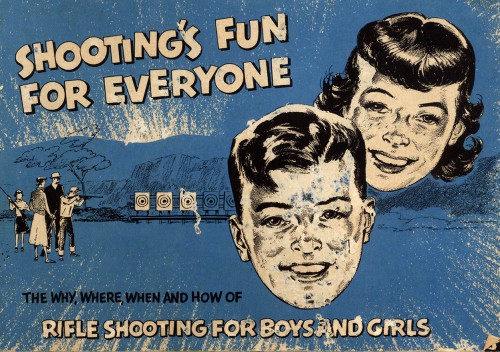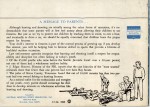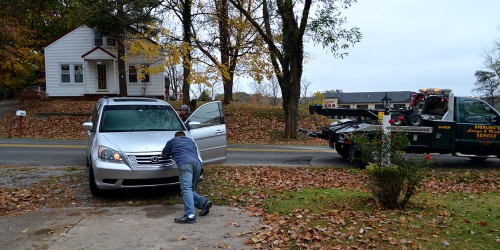 Hey, I did my part. I bought a giant bag of candy. There was a plastic jack o’lantern on the planter by the front door. The porch light and pole light were on. I waited patiently for little ghosts and goblins to show up.
Hey, I did my part. I bought a giant bag of candy. There was a plastic jack o’lantern on the planter by the front door. The porch light and pole light were on. I waited patiently for little ghosts and goblins to show up.
Nary a tap, ring, honk, hoot or holler all Halloween night. I was forced to diminish the bag of candy to assuage my disappointment.
Sunday night, needing to go to the store to restock the pantry. I crawled into the car and turned the key. The silence was deafening. It was as quiet as the doorbell on Halloween.
There was a guy dumping glass in a recycle dumpster at the fire station across the street. Somebody who recycles would surely be willing to give me a jump, right?
He agreed to help, but then he remembered that his battery lives under his rear seat. I’d never heard of that since VW days, but I wasn’t going to argue with him.
Neighbor tried to help
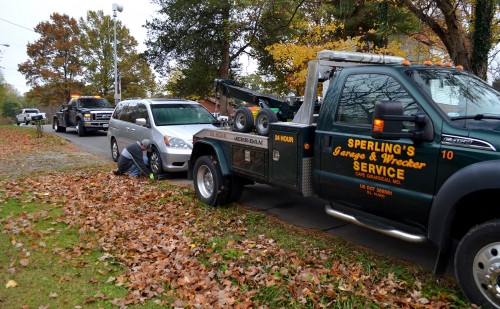 The neighbor down the hill from me was home, so he hooked his truck up to my battery. No joy. We changed the grip on the terminals several times, touched the ends of the cables together (which created an impressive arc), revved up his engine, scratched our heads, then gave up.
The neighbor down the hill from me was home, so he hooked his truck up to my battery. No joy. We changed the grip on the terminals several times, touched the ends of the cables together (which created an impressive arc), revved up his engine, scratched our heads, then gave up.
The headlights still burned brightly and the power doors and other toys all worked fine. That made it unlikely that my new battery was dead. Someone on the internet suggested disconnecting one of the battery leads for ten minutes, then hooking it up again as a way of rebooting the computer. While it was off, I used a terminal cleaner wire brush to make sure the terminal was clean. No go.
It was time to use my Hondacare extended warranty. Within an amazingly short time, a young man from Sperling’s Garage and Wrecker Service showed up. After doing all the things I had done, he tried tapping on the starter to get its attention. Still silence except for one tiny “click” from the starter when the key was turned.
He said it needed to be towed to the Mother Ship, Cape Honda. I told him to close out the ticket and that I’d arrange to have it towed in the morning rather than having it sit on their lot overnight.
Everybody was super nice
After trying to start it Monday morning, I gave up and called Hondacare again. Another nice guy from Sperling’s showed up. After hearing everything we had tried, he said it was time to play Hook the Honda. There was a problem, though. The van was parked ass-end out, and it needed to be grabbed from the front. Wrecker One called Wrecker Two for assistance.
[An aside. One late night, I heard over the police radio, “Athens 1 to Headquarters.” “Headquarters, go ahead Athens 1.” “Headquarters, call me a wrecker.” “Headquarters to Athens 1, you’re a wrecker.”]
Before long, the two guys had me hooked up and headed to Honda. A couple hours later, the service department called to say my van’s starter was Dead on Arrival, and a transplant would have to come in from St. Louis on Tuesday. It should be ready by the end of the day. The good news was that I qualified for a loaner car and the warranty would cover the repair (roughly $358 to $657 based on Internet estimates).
I forgot to mention one other Only in Missouri thing: the neighbor from down the hill came up while the wrecker guys were working and offered me the use of her car for the day if I needed it. I’ve NEVER had that happen in Florida.
Computer had sympathy pains for the van
Oh, yeah, if that wasn’t enough. The first thing I saw Monday morning was a cry for help from my computer: one of my hard drives had gone critical and needed replacing. If you don’t hear from me, then the replacement didn’t go as smoothly as I had hoped.
What do I do to chase this mechanical rain cloud away? Do I have to post a cute cat picture to reverse the bad car karma?

